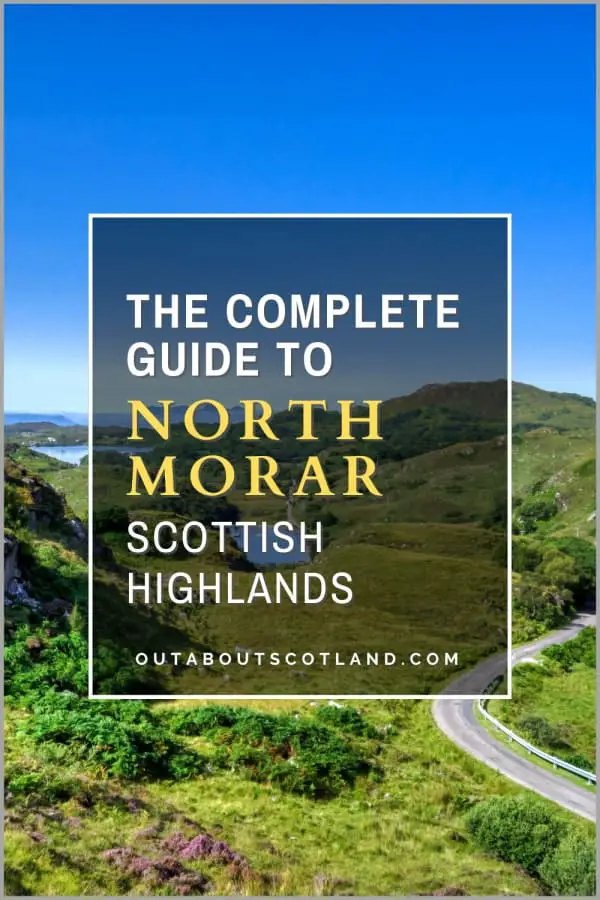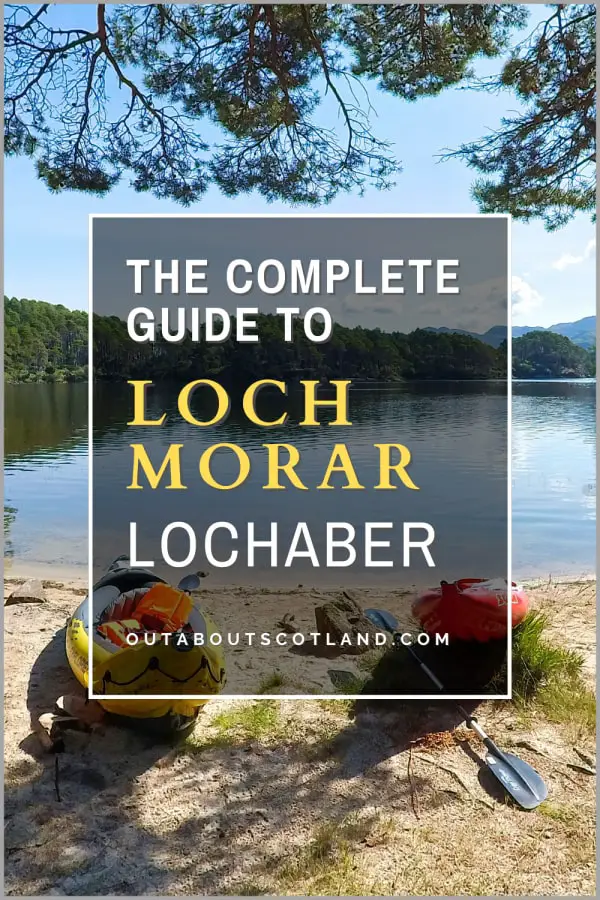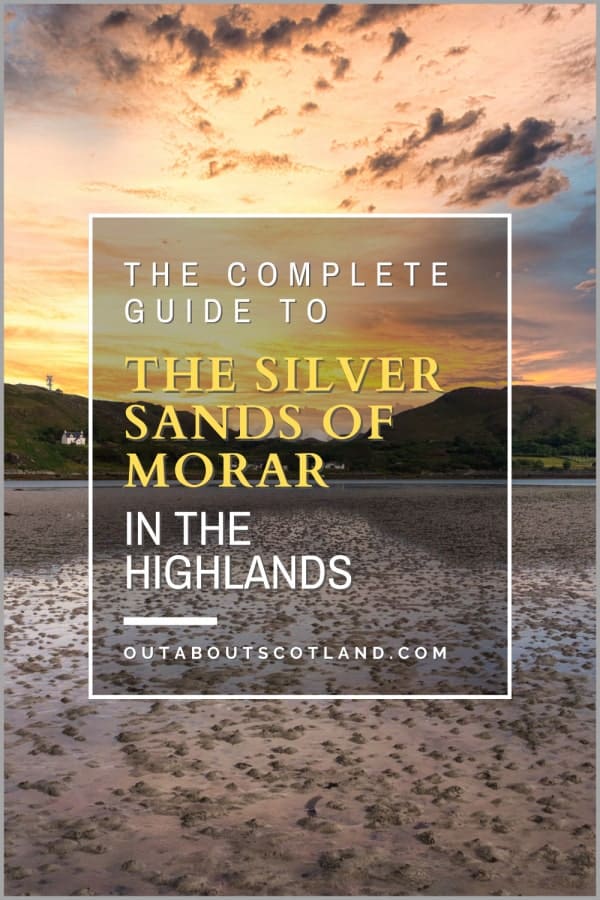North Morar is a remote region of Lochaber in the Scottish Highlands that lies between Loch Morar to the south and Loch Nevis to the north. The peninsula is a popular destination for hill walkers, but it also sees crowds of tourists arriving from the Jacobite steam train, which has its final destination at Mallaig, an attractive fishing village on the northern tip of the North Morar peninsula.
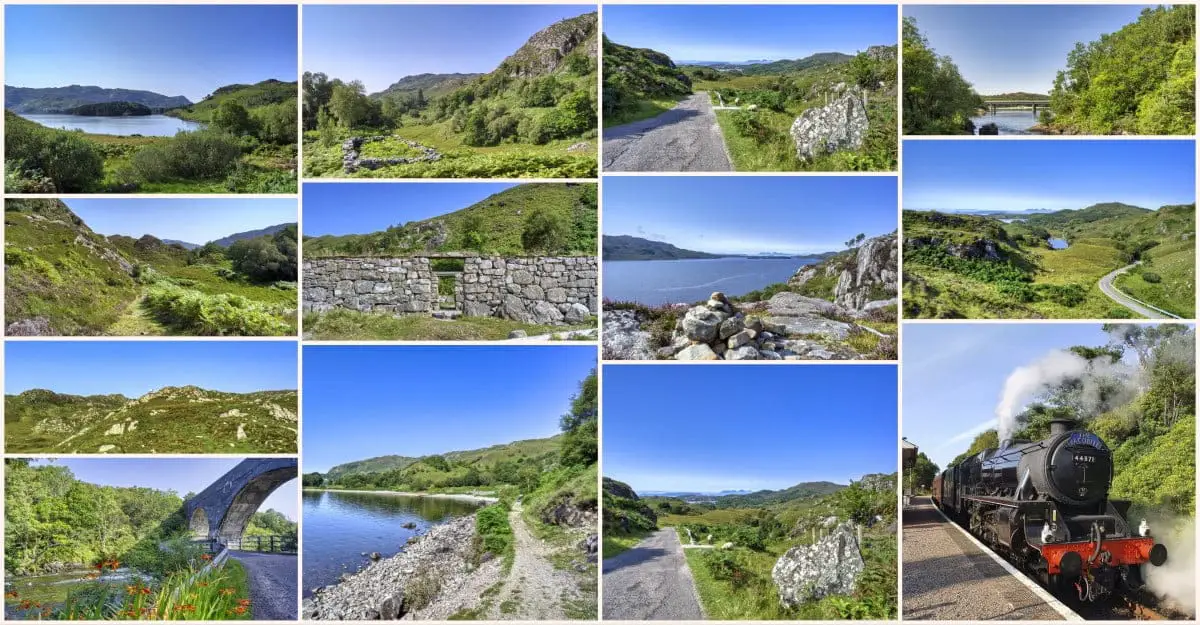
| Address: | Mallaig, PH41 4PX |
| Opening Hours: | Mallaig is accessible 24/7, 365 days a year. |
| Admission Price: | There is no charge to visit Mallaig or North Morar. |
| Parking: | Mallaig car park is located off the A830 at the approach to the train station. The car park is free to use and has a toilet block. |
| Contact: | NA |
| Facilities: | Mallaig and Morar have visitor facilities including shops, cafes, hotels and public toilets. |
| Photos: | Virtual Tour |
Overview
North Morar might not be the first place that comes to mind when planning a trip to the Highlands, but for those in the know, this wild and rugged peninsula is a must-visit destination thanks to its unspoiled beauty.
Look on a map, and you’ll see the Morar peninsula divided into two halves, with North Morar to the north (unsurprisingly) and South Morar beneath it, with both regions divided by the vast Loch Morar. To the north is Loch Nevis, which faces the Knoydart peninsula; the Sleat peninsula on Skye can be seen to the west; and to the east, you’ll find a wild and rugged landscape of peaked mountains and desolate moorland.
Having spent an entire week in Morar I can confirm there are more than enough things to see and do in the area to keep families busy – but only if they enjoy being outdoors.
Because the area is so remote, there are few roads and only a handful of settlements, of which Mallaig is by far the largest. The term ‘large’ needs to be taken in context, though, as there are only around 600 people that live in the village and just a handful of shops and restaurants to entertain the tourists that pass through on the Jacobite steam train and the ferry to Skye.
Mallaig is the place to go to stock up on food, as there’s a co-op in the village centre and a petrol station on the roundabout near the village’s entrance, but be aware that both are rather expensive. While in Mallaig, I recommend taking a look inside the Mallaig Heritage Centre which explores the history and wildlife of the area, and maybe having a look at the Jacobite steam train in the station if you get there at midday.
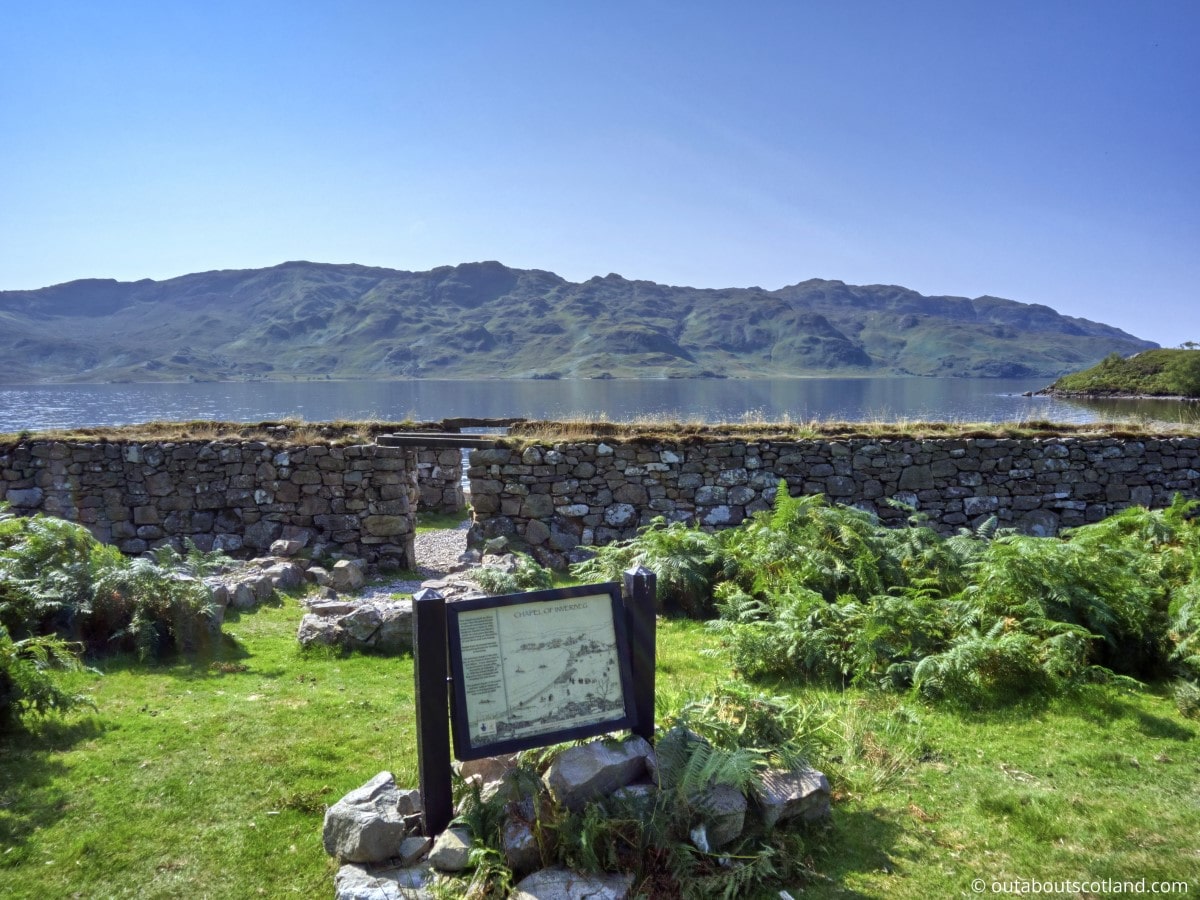
There’s also a very enjoyable circular walk that runs around the northern side of the harbour and out into the surrounding hills, though at just 2 miles in total, it won’t take long to complete. To find the start of it, head to the East Bay car park near the harbour.
The other village in the peninsula is Morar, a quaint wee place that sits on the edge of Morar Bay where it overlooks the River Morar – officially Britain’s shortest river. Morar is best known for its beaches, and the Silver Sands and Camusdarach are regularly voted as among the best in the UK,especially the latter, which is famous for being the filming location of Local Hero (Amazon link).
Although there are no shops to speak of the village does boast a decent pub which has a good restaurant, and of course the golden beaches are just a few minute’s walk from the train station. Heading north takes visitors into North Morar’s wildest areas, which are really only accessible on foot. If you like hiking, you’ll love the hill ranges in the middle of North Morar, though there are few footpaths and the boggy terrain is hard-going.
Those visitors who are intrepid enough to walk from Loch Morar to Loch Nevis will find several small lochs and lochans along the way, plenty of hills, and incredible views on the northern side.
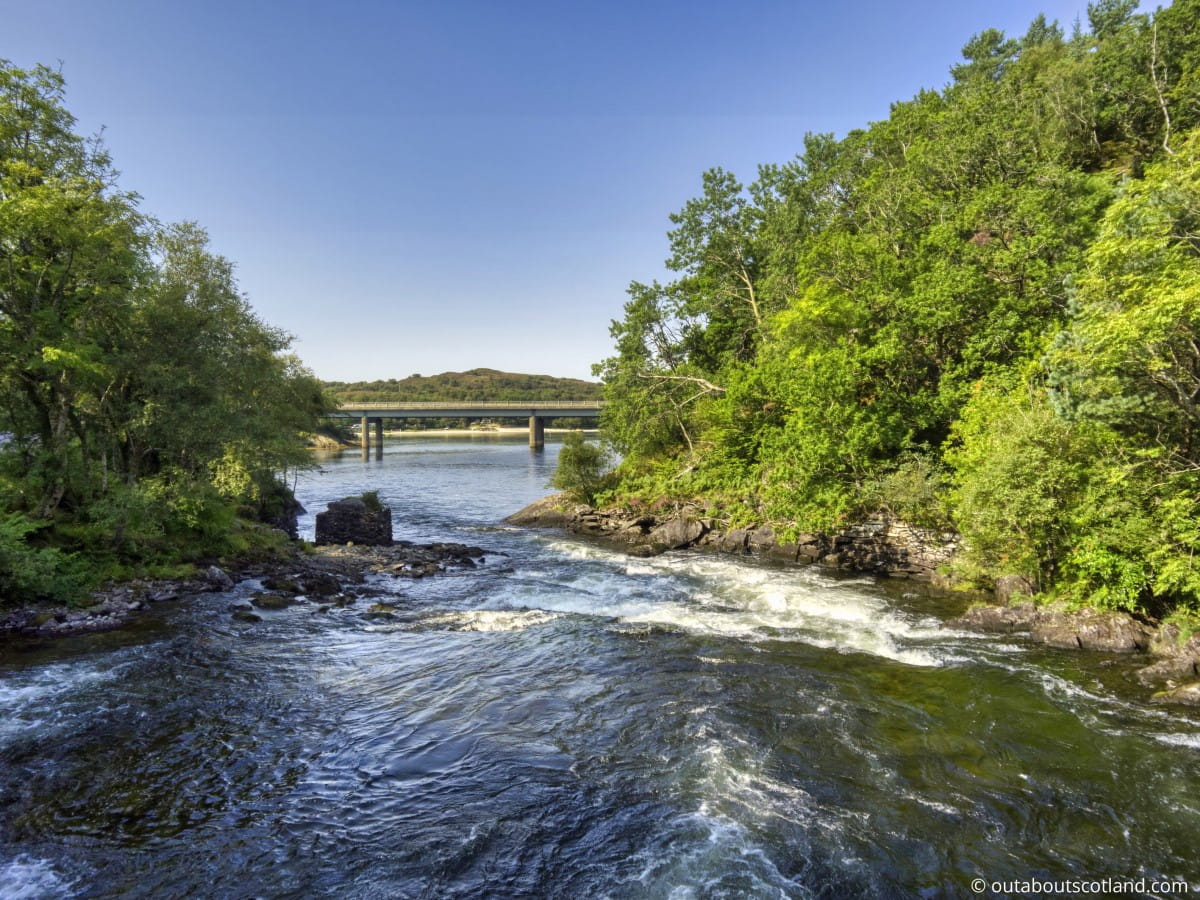
Book Tours in Scotland
The Highlights
1: North Morar is a real gem when it comes to off-the-beaten-path locations in Scotland. The fact that the majority of visitors are based in Mallaig (either from the Jacobite steam train or the Mallaig-Armadale ferry) means you don’t have to travel far to escape the tourist hordes.
2: North Morar is a great place to go on a walking holiday thanks to its combination of mountainous peaks, tranquil lochs, and stunning coastline. One of the peninsula’s must-dos is the trail along the north shore of Loch Morar and across the peninsula to Tarbet on the southern shore of Loch Nevis.
3: Two highlights of North Morar are Mallaig and Morar. Mallaig is a quaint fishing village that serves as the ferry terminal to Skye, but it’s also the place to head to for boat trips around the Knoydart peninsula. Morar, on the other hand, is a small village with a decent pub and restaurant, as well as the famed beaches of the Silver Sands and Camusdarach.
Visiting Tips
1: Apart from Mallaig and Morar which are situated on the western edge of the peninsula, there are hardly any settlements in North Morar. That means if you go hiking into the wilds it’s an absolute necessity to make sure you take plenty of supplies, and it’s doubly important to take a good map.
2: No visit to North Morar is complete without spending a day on Loch Morar. This vast body of fresh water is a fantastic place to take a kayak, especially the western end which has a number of wooded islands to paddle around.
3: As to be expected for such a remote region, there are few roads in North Morar. That, in turn, means departure points for excursions are generally limited to Mallaig and Morar. That being said, one option is to drive the road from Morar to Bracara for 1.5 miles and park near the Loch Morar jetty. From the jetty, there’s a footpath that winds its way into the heart of the peninsula at Loch a Bhada Dharaich.
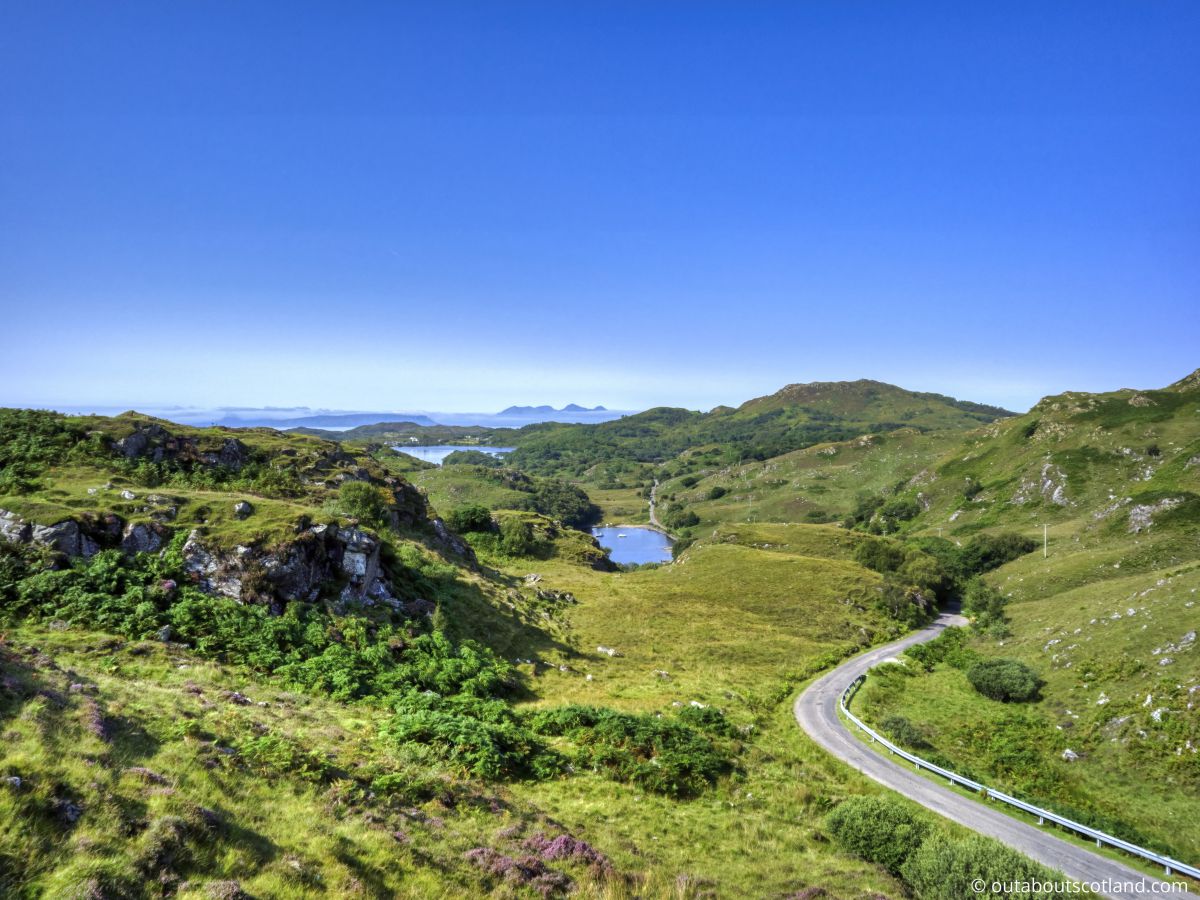
Protect Your Family From Scotland's Biting Midges
- Powerful, reliable protection for up to 8 hours
- Water- and sweat resistant
- Repels midges, mosquitoes, horse flies, sand flies, fleas and ticks
- Safe for use on adults, children over 30 months and pregnant women
- Non-sticky, moisturising with a pleasant fragrance
- Packaging may vary
Tourist Information
As well as being the deepest loch in Scotland, Loch Morar is also one of the most scenic, particularly the western end due to the many small islands located close to the shoreline. These islands are worth a day to explore on their own, and I highly recommend anyone visiting North Morar to take (or hire) a kayak to explore them.
Hidden-away golden sand beaches can be found on most of these islands and you can pretty much guarantee to have the place to yourself if you visit midweek, making it feel like you have your very own desert island all to yourself.
If you’d rather walk the shoreline there’s a minor road leading out of Morar village to Bracara, followed by a rough path that follows the water’s edge for around 5 miles before diverting inland to Tarbet. If you only have time for one walk while in North Morar, this is what I recommend above all others, as the views are stunning at every step of the way. Take a look at the Walk Highlands website for a complete route description.
It’s also a fantastic area for wildlife spotting as the surrounding hills are a good place to spot red deer, golden and sea eagles, otters, badgers, pine marten, and even the occasional wild cat.
An alternative walk starts at the jetty on the northern bank of Loch Morar, around 1.5 miles from Morar village. This isn’t a long walk by any means (maybe 2.5 miles in total) but it passes through one of the prettiest parts of the North Morar peninsula.
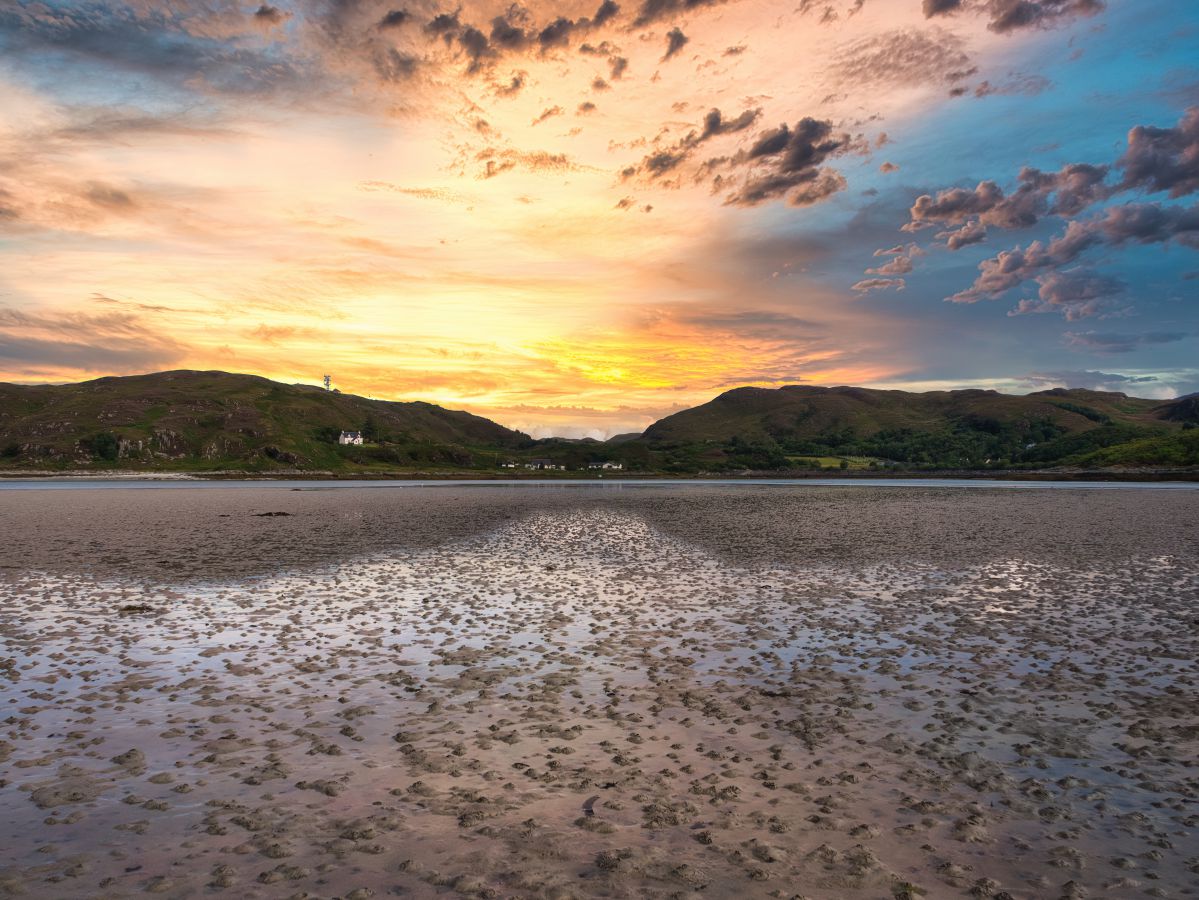
Walking Route
1: From the Loch Morar jetty you’ll find a small parking area off the road, with a narrow trodden-down track heading inland through the heath. A signpost will point you in the right direction so continue up the small incline ahead.
2: The first section of the walk passes through woodland and over boggy ground composed of sphagnum moss, so be aware you’ll probably end up with wet feet unless you have decent waterproof boots (see my recommended walking boots if you don’t have a pair yet).
3: Once out of the woodland the path opens onto rough grass and deviates up an incline. There are signposts to keep you heading in the right direction but they’re few and far between, so an OS map will be very handy at this point.
4: The path heads into more woodland which is primarily birch trees interspersed with a few Scots pine, after which you’ll walk into more open heathland with the final destination – Loch a’ Bhada Dharaich – in the distance.
5: The final stretch to the loch crosses yet more boggy ground but it’s well worth the effort as the view at the water’s edge is very picturesque. Make sure you have binoculars with you as this loch is a favourite feeding ground for warblers and buntings, and there’s a good chance of seeing eagles soaring overhead.
6: After enjoying the serenity of Loch a’ Bhada Dharaich, return to the car park on the same path.

Things to Do
Morar Beach: Known as the ‘Silver Sands’, Morar Beach offers beautiful white sands and clear blue waters. Perfect for a family day out, you can enjoy a picnic, build sandcastles, or just relax and enjoy the breathtaking views of the Small Isles and Skye.
Loch Morar: Explore Loch Morar, the deepest freshwater body in the British Isles. It’s perfect for boating, fishing, or simply walking along the lochside footpath. You might even see ‘Morag’, the loch’s very own mythical creature!
Hiking in the Hills: North Morar offers an abundance of hills and trails that are ideal for hiking. Experience the Scottish Highlands in its full glory with stunning views, diverse wildlife, and the chance to spot golden eagles soaring above. The Wild About Lochaber website has a few suggestions to get started with.
Visit Mallaig: A short drive will take you to the fishing port of Mallaig. With its fresh seafood, ferry trips to the Isle of Skye and wildlife cruises around the coastline, it’s a must-visit for all visitors to North Morar.
Explore Historic Sites: Discover the rich history of the region by visiting local landmarks such as the Chapel of Inverbeg (a ruin overlooking Loch Morar) and the Mallaig Heritage Centre.

Book Tours in Scotland
Things to Do Nearby
From Morar:
Silver Sands of Morar. Morar, PH40 4PB. 4-minute drive.
The Silver Sands of Morar are a series of award-winning golden sand beaches located immediately west of the most westerly point of Loch Morar. The beaches include Camusdarach which is famous for its views of the Small Isles, and Morar Bay which has shallow water that’s ideal for small children to play in.
Mallaig. Morar, PH40. 8-minute drive.
Mallaig is a small fishing village located three miles north of Morar. The village is the ferry departure point for sailings to the Small Isles and Skye, and it’s also the last stop for the Jacobite Steam train.
Mallaig Heritage Centre. Station Rd, Mallaig, PH41 4PY. 8-minute drive.
The Mallaig Heritage Centre is located next to Mallaig train station. The centre houses a number of exhibits that depict Lochaber’s rich history including the region’s industrial and fishing heritage, its turbulent times of war, and how people farmed this remote region of the British Isles.
Larachmhor Garden. Arisaig, PH39 4NX. 10-minute drive.
A wild woodland garden that has been carefully tended for over 150 years. The garden houses more than 1,200 different plant species including nearly 200 different types of rhododendron. Parking is via a roadside layby 50 metres beyond the entrance. Entry is free.
The Prince’s Cairn. 120 A830, Lochailort, PH38 4NA. 13-minute drive.
The Prince’s Cairn marks the point where Bonnie Prince Charlie left the Scottish mainland after his defeat at Culloden. There is a large layby on the left-hand side of the road that allows access to the cairn.
Frequently Asked Questions
What county is Morar in Scotland?
Morar is situated in the Inverness County area. The Highland Council is in charge of it.
Is Loch Morar the deepest loch?
Loch Morar is the deepest loch in Scotland, with a maximum depth of 310 metres (1,017 feet).
Loch Morar is the 5th-largest loch in Scotland by surface area and is the 17th-deepest body of freshwater in the world.
Where is Loch Morar located?
Loch Morar is located in the Lochaber region of Scotland. The loch is included in the Highland council area. The nearest post-town is Mallaig.
Which area is Mallaig in?
Mallaig is situated on a peninsula known as North Morar in the Lochaber region of the Scottish Highlands. The village lies 100 miles northwest of Glasgow and 125 miles northwest of Edinburgh.
Protect Your Family From Scotland's Biting Midges
- Powerful, reliable protection for up to 8 hours
- Water- and sweat resistant
- Repels midges, mosquitoes, horse flies, sand flies, fleas and ticks
- Safe for use on adults, children over 30 months and pregnant women
- Non-sticky, moisturising with a pleasant fragrance
- Packaging may vary



